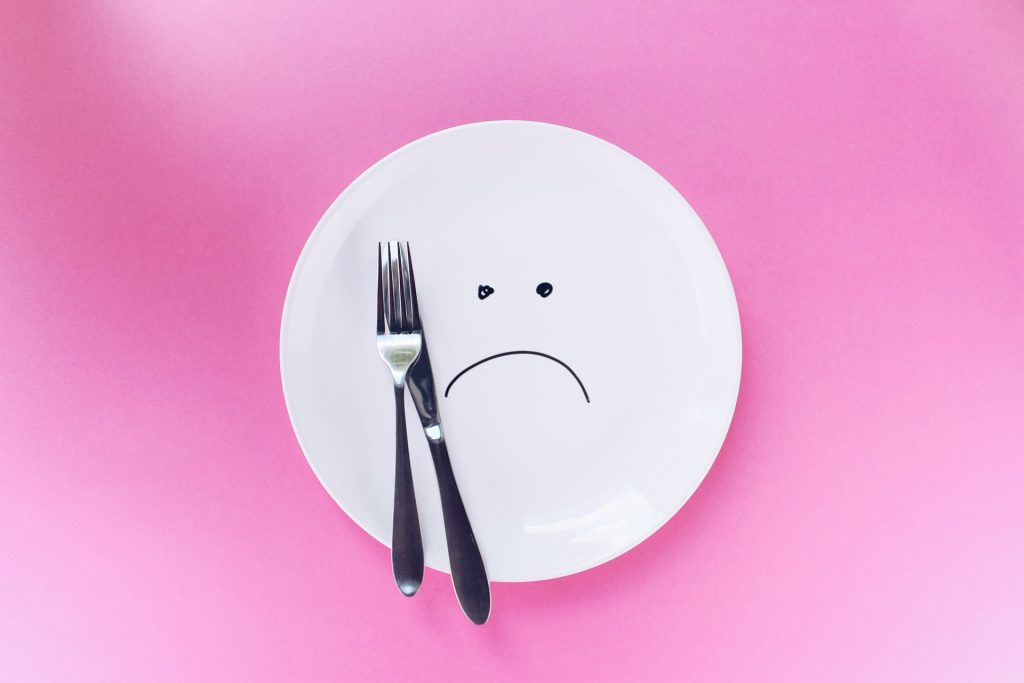Is Intermittent Fasting all it’s cut out to be?
Intermittent fasting, a diet that restricts the frequency of eating for the aims of weight loss and overall lifestyle improvement, has been a growing and popular trend in the last few years. Its popularity is based on studies that have shown its effectiveness for losing weight, improving metabolic health, and lowering blood pressure, but how great is it?
Let’s look at four different intermittent fasting diet structures
- 16/8
This is the most popular IF diet structure because it alternates between 16 fasting hours and 8 eating hours. Its popularity stems from how the fasting hours extend into sleep. So, if you sleep 8 hours a night, half of your fasting hours are complete. Therefore, you wake up and don’t eat until noon. For example, if you stop eating at 8 pm, you won’t start eating until noon the next day. So, you break your fast for lunch, you continue eating until 8 pm, and then the cycle restarts. This structure can work well for people who are busy in the morning and don’t prefer to eat breakfast. The structure can be difficult for those who wake up hungry and can lead to people overeating during lunch when they break the fast.

2. 5:2
This is an IF diet structure that alternates between 5 days of eating and 2 days of restricted calories. The premise is that one spends 5 days of regular healthy eating and then on 2 restricting calories down to 500. The recommendation is to pick two consistent 500cal days and one day of regular eating in between. For example, you can eat a regular diet on Monday, eat 500 calories on Tuesday, eat regularly on Wednesday, and restrict yourself to 500 calories on Thursday. It is also recommended to eat foods high in fiber and protein within the 500-calorie restriction, so you are somewhat satiated.
3. Eat Stop Eat
This IF diet structure calls for a full 24-hour fast once or twice a week. The recommendation is to eat a regular healthy diet 5 days a week and then completely fast for 2 days. It is similar to the 5:2 plan but on the 2 days, you completely fast for 24 hours. Now, this might be difficult for most people but with consistency, it can work for some. Plus, you are allowed beverages like water and tea just no solid foods. It is recommended to start slowly with this one and work your way up to a full day of fasting.

4. Alternate Day Fasting
This IF diet structure calls for alternating days of fasting. It calls for ½ the days in the week fasted and the other ½ normal eating. One can choose to follow it by having complete fasting days but there is a version that includes 500-calorie days. So, every other day you alternate with either a full 24-hour fast or a 500-calorie eating day. Your week can look like this: Monday eat, Tuesday 24-hour fast or 500cal diet, Wednesday eat, Thursday 24-hour fast or 500cal diet, Thursday eat, Friday 24hr fast or 500cal diet…you follow the trend.
What Should You Do About It?
You should talk to your doctor first. Intermittent Fasting is not for everyone and especially not for those who are diabetics or have chronic diseases. I think the heart behind IF is to prevent the overeating epidemic that is a part of our culture. We spend so many hours eating and snacking that we have lost the ability to differentiate between the hours to eat and not eat. Therefore, IF might be an option for some because it creates an intentional eating schedule by structuring the eating hours and your non-eating hours appropriately.

How To Make It SMART
SHORT- Find one of the IF plans that fits with your schedule and try it out. I stress the importance of talking to your doctor before you try changing up your eating habits. You must be intentional with your foods and calories on IF and you can’t just eat junk
MEASURABLE- Assess the reason behind why you are considering trying IF. Are you trying to lose weight, and have better eating habits or do you have a busy schedule that doesn’t allow you to eat frequently? A study published in The American Journal of Clinical Nutrition found that the 5:2 IF diet did not work any better than standard calorie restrictions for weight loss.
ATTAINABLE- Is this something you want to implement consistently? Some people might choose to do IF temporarily. However, why not consider a balance? Since you shouldn’t eat junk during the days you are “allowed” to eat, why not just rehabilitate your eating habits with quality foods and eat on a regular schedule?
REASONABLE- Is it possible to implement? Can you make this a lifestyle habit? Even though there are studies that support the positive health benefits of IF, there have not been studies supporting its long-term effects. I have found that if you meal prep, count your calories, and become intentional about what you eat, you can’t eat at all hours. You are forced to stop eating because you’ve run out of calories.
TIMELY- Start small. Commit to 1 week of Intermittent Fasting if you want to seriously consider this eating method. I believe that whatever you choose to do to support your health should be sustainable. I agree with short-term restrictions if you are aiming for weight loss but to maintain and be healthy, you must search for that equilibrium that allows you to also enjoy life and the diversity of food.
As always,
Love yourself in health, one day at a time



